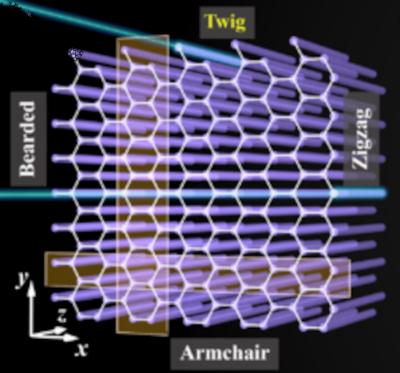Black Semiconductor opens new headquarters, FabONE, for production of energy-efficient, high-performance graphene-enhanced chip technology
Black Semiconductor, developer of next-gen energy-efficient high-performance chip technology, has announced its new headquarters FabONE in Aachen, Germany. FabONE will be the world's first production site for graphene-based optical chip technology.
Dr. Daniel Schall, co-founder and CEO of Black Semiconductor, states: "The establishment of FabONE allows us to take our ongoing technology developments of
graphene photonic chips to the next level and accelerate them significantly. We look forward to continuing to deliver on our vision of the next generation of chip connectivity.”




